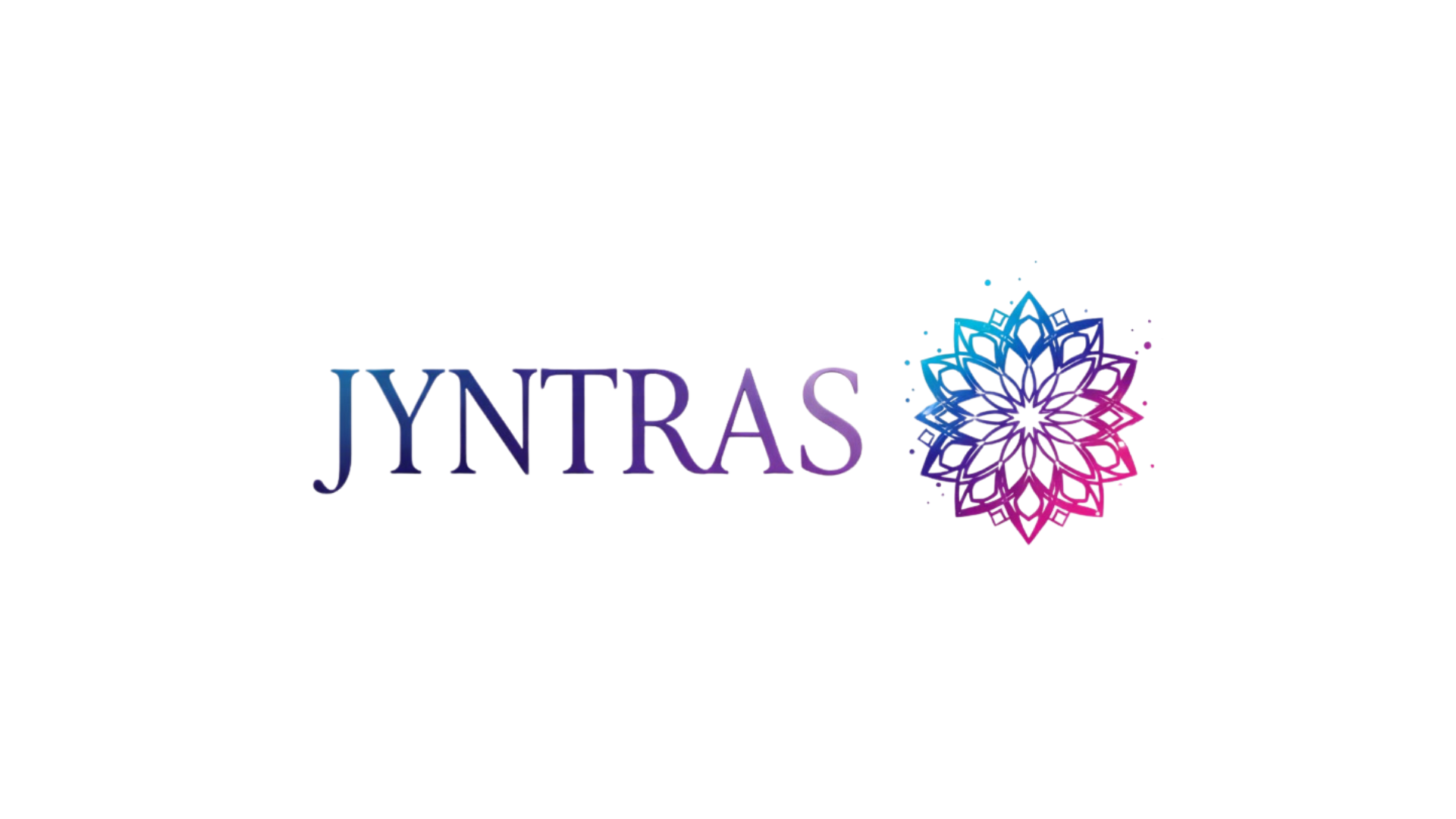Morphic fields represent one of the most fascinating and controversial concepts in modern science, bridging the gap between biology, consciousness, and the mysteries of collective human experience.
🌀 What Are Morphic Fields and Why Should You Care?
The theory of morphic fields, introduced by British biologist Rupert Sheldrake in the 1980s, proposes that nature has a memory. Unlike conventional scientific views that explain biological patterns purely through genetic programming and chemical interactions, morphic resonance suggests that organisms inherit not just genes but also memories from their ancestors through invisible fields that shape development and behavior.
These fields are non-material regions of influence that extend beyond the physical body, connecting similar forms across space and time. Think of them as invisible blueprints that guide the formation of everything from crystals to cells, from instincts to ideas. When you learn a new skill, you’re not just creating neural pathways in your brain—you’re contributing to a collective field that makes it slightly easier for everyone else to learn that same skill.
This revolutionary concept challenges the mechanistic worldview that has dominated science for centuries, suggesting instead that the universe operates more like a living organism with interconnected memory systems than a machine governed solely by fixed laws.
The Science Behind Morphic Resonance
Sheldrake’s hypothesis emerged from observations that couldn’t be adequately explained by conventional biology. He noticed patterns suggesting that once something happens somewhere, it becomes more likely to happen elsewhere. This phenomenon extends across various domains of nature and human activity.
The concept builds on several key principles:
- Self-organizing systems: Living organisms are not just machines following predetermined instructions but self-organizing systems that draw upon collective memory
- Cumulative learning: Skills and behaviors become easier to acquire as more individuals learn them
- Non-local connections: Information can be transferred across distances without conventional communication
- Formative causation: Past patterns influence present development through resonance rather than energetic transfer
While mainstream science has been skeptical of morphic fields due to their non-materialistic nature, several experimental results have raised intriguing questions. Studies involving crystallization rates, animal learning experiments, and even human skill acquisition have shown patterns consistent with morphic resonance predictions.
Evidence from Nature and Laboratory
One of the most cited examples involves synthetic chemical compounds. When a new compound is first synthesized, it may be difficult to crystallize. However, once it has crystallized somewhere in the world, the same compound begins to crystallize more easily in laboratories everywhere, even when there is no physical contact between them. Conventional explanations suggest seed crystals traveling on researchers’ beards, but morphic resonance offers an alternative interpretation.
Animal behavior studies have shown similar patterns. When rats in one laboratory learn a new maze, rats in other laboratories appear to learn the same maze more quickly, even without any contact or communication between the groups. These effects seem to strengthen over time and across generations.
🧠 Morphic Fields and Collective Consciousness
The implications of morphic fields extend far beyond biology into the realm of consciousness itself. If fields can carry memories and influence behavior across space and time, this provides a potential mechanism for understanding collective consciousness—the idea that human minds are interconnected at some fundamental level.
Carl Jung’s concept of the collective unconscious, with its archetypes and shared symbols that appear across cultures, finds a potential explanatory framework in morphic field theory. The universal themes that recur in mythology, religion, and human psychology might not just be coincidental or learned but could reflect deeper resonance with collective human experience accumulated over millennia.
This perspective transforms how we understand cultural transmission. Ideas, behaviors, and innovations don’t spread purely through teaching and imitation but potentially through resonance with growing morphic fields. As more people adopt a practice, believe in a concept, or learn a skill, they strengthen the field, making it more accessible to others.
Social Morphic Fields and Cultural Evolution
Every social group—families, organizations, nations, and humanity as a whole—generates its own morphic field. These fields shape group behavior, preserve cultural memory, and influence individual members in subtle ways. You’ve likely experienced this phenomenon when entering a room where people have just been arguing; you sense the tension even without being told anything.
This understanding offers profound insights into social change. Major shifts in consciousness don’t necessarily require converting every individual through rational argument. Instead, as a critical mass of people adopts new ways of thinking or being, the strengthening morphic field makes those patterns more accessible to everyone, potentially triggering rapid cultural evolution.
Personal Transformation Through Morphic Awareness 🦋
Understanding morphic fields isn’t just academic—it has practical implications for personal growth and transformation. If you’re constantly resonating with fields created by your past behaviors and the collective patterns of your culture, recognizing this influence becomes the first step toward conscious change.
Traditional approaches to self-improvement often focus exclusively on individual willpower and conscious intention. While these matter, morphic field theory suggests that transformation also involves shifting your resonance patterns—changing which fields you tune into and strengthen through your attention and behavior.
Practical Strategies for Working with Morphic Fields
Several practices can help you consciously work with morphic resonance for personal development:
- Mindful attention: What you focus on strengthens its morphic field and your resonance with it. Deliberately directing attention toward desired qualities amplifies them
- Community alignment: Surrounding yourself with people embodying qualities you wish to develop puts you in resonance with stronger fields supporting those traits
- Ritual and repetition: Consistent practices create and strengthen personal morphic fields that support your intentions
- Visualization: Mental rehearsal may work partly by establishing resonance with the morphic field of successful performance
- Field clearing: Consciously releasing old patterns involves withdrawing energy from outdated morphic fields
The concept of “fake it till you make it” gains new meaning through this lens. By acting as if you already embody desired qualities, you establish resonance with the morphic field of those qualities, making authentic transformation more accessible.
Breaking Free from Limiting Collective Patterns
One of the most challenging aspects of personal growth involves transcending limiting beliefs and behaviors that are reinforced by collective morphic fields. Cultural assumptions about what’s possible, appropriate, or realistic create powerful fields that can constrain individual potential.
Every time someone says “that’s just how things are” or “people like us don’t do that,” they’re often expressing the influence of a collective morphic field. These fields can maintain outdated social structures, perpetuate injustice, and limit human possibility long after rational justifications have crumbled.
However, morphic field theory also offers hope. Every individual who breaks through a limiting pattern weakens that field’s influence and strengthens the field of the new possibility. This explains why pioneers and trailblazers face tremendous resistance—they’re working against established morphic resonance—but also why their breakthroughs make the path easier for those who follow.
The Hundredth Monkey Phenomenon
The story of the hundredth monkey, though scientifically disputed in its details, illustrates the principle of morphic resonance perfectly. When enough individuals adopt a new behavior, it can suddenly appear across an entire population, even among individuals who had no contact with the pioneers.
Whether the specific monkey story is accurate or not, the principle appears throughout human history. Social movements reach tipping points where change accelerates dramatically. Scientific paradigms shift suddenly when enough evidence accumulates. Personal transformation often features breakthrough moments after periods of gradual progress.
🌍 Global Implications of Morphic Field Theory
The potential implications of morphic resonance extend to humanity’s most pressing challenges. If human consciousness operates partly through morphic fields, then collective efforts to shift awareness toward peace, sustainability, and compassion aren’t merely symbolic—they’re creating and strengthening fields that make these qualities more accessible to everyone.
This perspective offers scientific grounding for practices like global meditation events, prayer circles, and coordinated intention-setting. Studies examining crime rate reductions during large meditation gatherings, while controversial, align with predictions from morphic field theory.
Environmental consciousness provides another example. As more people develop ecological awareness and sustainable practices, they strengthen the morphic field supporting these behaviors, potentially accelerating the cultural shift needed to address climate change and ecosystem destruction.
Technology and Morphic Fields
The digital age presents fascinating questions about morphic resonance. Does the internet represent a technological approximation of morphic fields—a way of connecting minds and sharing information across distance? Or do morphic fields operate at a more fundamental level, with technology simply making visible connections that already existed?
Social media platforms demonstrate field-like properties, with ideas, emotions, and behaviors spreading rapidly through networks in ways that sometimes seem to transcend individual transmission. Viral phenomena might reflect both technological connectivity and morphic resonance working together.
Criticisms and Controversies
Scientific criticism of morphic field theory has been substantial and persistent. Mainstream biologists and physicists argue that the hypothesis lacks mechanism, testability, and compatibility with established physical laws. The concept of memory stored in non-material fields seems to contradict fundamental principles of physics.
Critics point out that proposed evidence can often be explained through conventional means—seed crystal contamination, subtle environmental cues, statistical anomalies, or confirmation bias. The difficulty of designing conclusive experiments that rule out all conventional explanations remains a significant challenge.
However, proponents argue that paradigm-challenging ideas always face resistance and that the accumulating anomalies in conventional biology suggest the need for expanded theoretical frameworks. They point to quantum mechanics as an example of how science eventually accommodates seemingly impossible phenomena when evidence demands it.
🔮 Integrating Morphic Awareness into Daily Life
Regardless of scientific resolution, morphic field theory offers a powerful metaphor and potentially a literal truth for understanding interconnection and influence. Integrating this awareness into daily life can transform your relationship with personal growth, social interaction, and collective participation.
Start by noticing resonance patterns in your life. Which thoughts, emotions, and behaviors seem to arise automatically, pulled by invisible currents? Which environments, people, and activities strengthen your highest potentials versus reinforcing limiting patterns? This awareness creates choice where previously there was only automatic response.
Consider yourself not as an isolated individual but as a node in multiple overlapping morphic fields—family, culture, profession, species, and more. Your choices don’t just affect you; they contribute to collective fields that influence everyone connected to them. This recognition brings both responsibility and empowerment.
Creating Supportive Morphic Environments
Your physical and social environments constantly influence which morphic fields you resonate with most strongly. Deliberately designing supportive environments becomes a powerful transformation tool:
- Create dedicated spaces for practices you want to strengthen, building location-specific morphic fields
- Engage regularly with communities embodying values and qualities you’re developing
- Limit exposure to media and environments reinforcing patterns you’re trying to transcend
- Establish rituals that mark transitions between different morphic contexts
- Use symbols, images, and objects that anchor resonance with desired fields
The Future of Morphic Field Research and Application
Despite ongoing controversy, interest in morphic fields continues growing, particularly at the intersection of consciousness studies, alternative healing practices, and organizational development. Some researchers are designing more rigorous experiments to test morphic resonance predictions, while practitioners apply the concepts in various fields.
Advances in understanding quantum biology, non-local correlations, and the hard problem of consciousness may eventually provide theoretical frameworks that make morphic fields more scientifically palatable. Or conventional explanations may ultimately account for all observed phenomena without requiring new principles.
Either way, the questions raised by morphic field theory push science toward a more complete understanding of life, mind, and interconnection. Whether the fields are literal or metaphorical, thinking in terms of resonance, collective memory, and formative causation expands our conception of what’s possible.

Embracing Your Role in the Collective Field 💫
Understanding morphic fields ultimately returns us to an ancient wisdom: we are profoundly interconnected, and our individual choices ripple outward in ways we can barely imagine. Every moment of presence, compassion, courage, or creativity strengthens fields that make these qualities more accessible to others. Every time you transcend a limitation, you weaken that constraint for everyone.
This recognition transforms personal transformation from a private achievement into a form of service. Your growth isn’t selfish—it’s a contribution to collective evolution. Conversely, the work you do on yourself is supported by everyone who has walked similar paths before you, their accumulated wisdom available through morphic resonance.
The power of morphic fields lies not in providing a complete scientific explanation of reality but in offering a framework for understanding ourselves as both individual and collective, both distinct and deeply connected. Whether you approach this as literal truth, useful metaphor, or provocative hypothesis, engaging with these ideas can profoundly shift how you understand consciousness, transformation, and your place in the living cosmos.
As we collectively navigate unprecedented global challenges and opportunities, recognizing our participation in morphic fields—of consciousness, culture, and species—may be essential for creating the future we hope to inhabit. Your awareness, intentions, and actions matter not just for you but for the collective fields we all share and create together.
Toni Santos is a deep-biology researcher and conscious-evolution writer exploring how genes, microbes and synthetic life inform the future of awareness and adaptation. Through his investigations into bioinformatics, microbiome intelligence and engineered living systems, Toni examines how life itself becomes a field of awakening, design and possibility. Passionate about consciousness in biology and the evolution of living systems, Toni focuses on how life’s architecture invites insight, coherence and transformation. His work highlights the convergence of science, philosophy and emergent life — guiding readers toward a deeper encounter with their living world. Blending genetics, systems biology and evolutionary philosophy, Toni writes about the future of living systems — helping readers understand how life evolves through awareness, integration and design. His work is a tribute to: The intertwining of biology, consciousness and evolution The emergence of microbial intelligence within and around us The vision of life as designed, adaptive and self-aware Whether you are a scientist, thinker or evolving being, Toni Santos invites you to explore the biology of tomorrow — one gene, one microbe, one awakening at a time.




